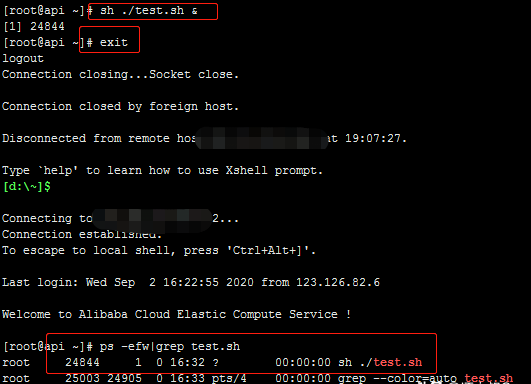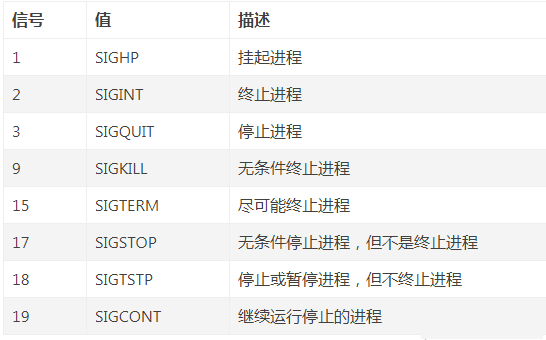
Let us explore a mysterious world in the Linux operating system - background running. In daily use, we often need to use background running to let tasks execute silently in the background without affecting our current work. So, how to implement background operation in Linux?
think
First of all, we need to consider a question. Why does the background program exit when you close the terminal directly? That is because when you close the terminal directly, the terminal will send a SIGHUP signal to the background task started in the current environment, causing the running program to hang. Then just ignore SIGHUP. La.
nohup
The most commonly used command is [nohup]. From the name, it can be seen that whether to suspend the running command, close the terminal or log out of an account, the process will continue to run. It must also be used with the [&] symbol.
Usage: nohup Command [ Arg … ] [ & ]
$ nohup sh test.sh & # 直接关闭当前终端,再打开一个查看 $ ps -few|grep test.sh
As can be seen from the above, the parent process of test.sh we are running has become [PID 1]., and is taken over by the Linux main process.
setsid
nohup means ignoring the SIGHUP signal. Are there any other ideas?
The setip command can reopen the session, inherit the ID of the parent process group, and escape the control of the parent process. As you can see from the picture below, the parent process of the test.sh script is already init 1. At this time, regardless of closing or exiting the terminal, it has nothing to do with the background program.
$ setsid sh test.sh

Another difference between setsid and nohup is that there is no need to use the & background symbol.
exit
Use the exit command to exit the terminal, but our program will continue to run. Why is this?
This is because when exiting the terminal using the exit command, the SIGHUP signal will not be sent to the task to which the terminal belongs. It is controlled by the huponexit configuration item. The default is off. You can use the shopt command to view it.

[root@api ~]# shopt |grep huponexit huponexit off
Configure huponexit to on, use the exit command again to exit, and the corresponding tasks will exit accordingly.
[root@api ~]# shopt -s huponexit [root@api ~]# shopt |grep huponexit huponexit on
trap
The trap command is a built-in command in Linux. The action to be taken when receiving the specified signal, followed by the name of the signal to be processed. Common signals are as follows:

When a script goes into the background and we don’t want the terminal to exit and close the program, we can add the trap command to the script to ignore the SIGHUP signal (hang the process).
#!/bin/sh trap "" HUP while true;do date >> /root/test.txt sleep 1 done
Linux screen command is used for multiple window management programs. It can create a terminal and let the program run in it

screen sh test.sh &
As can be seen from the example, the parent process of the test script is the screen terminal process, and the parent process of the screen terminal, PID1, has also completed the running of the background process.
In short, running in the background is a very common and practical technique in Linux. Whether it is performing some background services on the server side or completing some long-running tasks on a personal computer, background operations can help us improve efficiency and facilitate our daily work.
The above is the detailed content of Exploring the mysterious world of background operations in Linux. For more information, please follow other related articles on the PHP Chinese website!




